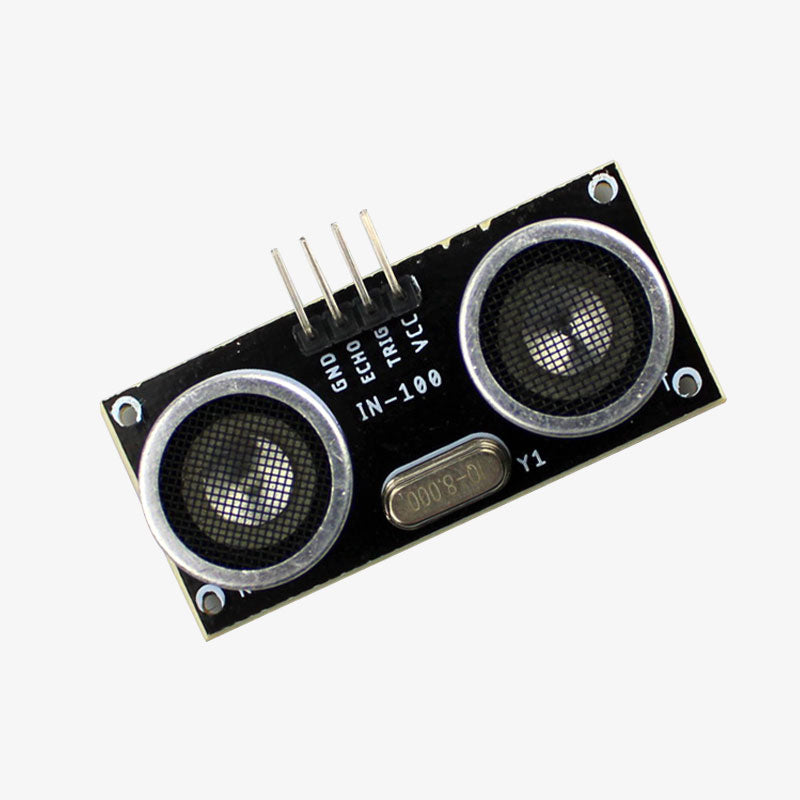Types of Distance Sensors And how it works
Introduction:
Distance sensors are devices designed to measure the distance between the sensor and an object. They find applications in various fields, including robotics, industrial automation, automotive, and consumer electronics. There are several types of distance sensors, each utilizing different principles to accurately measure distances. In this article, we will explore some common types of distance sensors and how they work.

1. Infrared (IR) Sensors:
- Working Principle: Infrared distance sensors emit infrared light and measure the time it takes for the emitted light to bounce back after hitting an object. The sensor calculates the distance based on the time delay.
- Application: IR sensors are commonly used in proximity detection and obstacle avoidance systems, such as in robotics and automation.
2. Ultrasonic Sensors:
- Working Principle: Ultrasonic distance sensors use ultrasonic waves (sound waves with frequencies above the human audible range). The sensor emits ultrasonic pulses and measures the time it takes for the sound waves to bounce back after hitting an object. The distance is then calculated using the speed of sound.
- Application: Widely used in applications like parking assistance in cars, object detection, and industrial automation.
3. Laser Distance Sensors:
- Working Principle: Laser distance sensors use laser beams to measure distances. The sensor emits a laser beam and calculates the distance by measuring the time it takes for the laser light to reflect off an object and return to the sensor.
- Application: Laser distance sensors are used in precise measurement applications, such as surveying, industrial automation, and robotics.
4. Time-of-Flight (ToF) Sensors:
- Working Principle: ToF sensors measure the time it takes for light to travel from the sensor to the target and back. These sensors often use infrared light and are capable of providing accurate distance measurements.
- Application: ToF sensors are commonly found in 3D cameras, gesture recognition systems, and mobile devices for autofocus and depth sensing.
5. Capacitive Distance Sensors:
- Working Principle: Capacitive distance sensors measure changes in capacitance caused by the presence of an object. As the distance between the sensor and the object changes, the capacitance also changes, allowing the sensor to determine the distance.
- Application: Used in applications where non-metallic objects need to be detected, such as in touchscreens and liquid level sensing.
6. Inductive Distance Sensors:
- Working Principle: Inductive distance sensors use electromagnetic induction to detect the presence and distance of metallic objects. The sensor generates an electromagnetic field, and changes in the field caused by the proximity of a metallic object are used to calculate the distance.
- Application: Commonly employed in industrial settings for metal detection and proximity sensing in manufacturing processes.
Conclusion:
In conclusion, distance sensors play a crucial role in various technological applications, providing accurate and reliable distance measurements. The choice of a particular type of distance sensor depends on the specific requirements of the application, such as the desired measurement range, accuracy, and environmental conditions. Understanding the working principles of different distance sensors is essential for selecting the most suitable sensor for a given task. As technology continues to advance, we can expect further innovations in distance sensing technologies, leading to even more sophisticated and versatile sensors.
Comments
Post a Comment